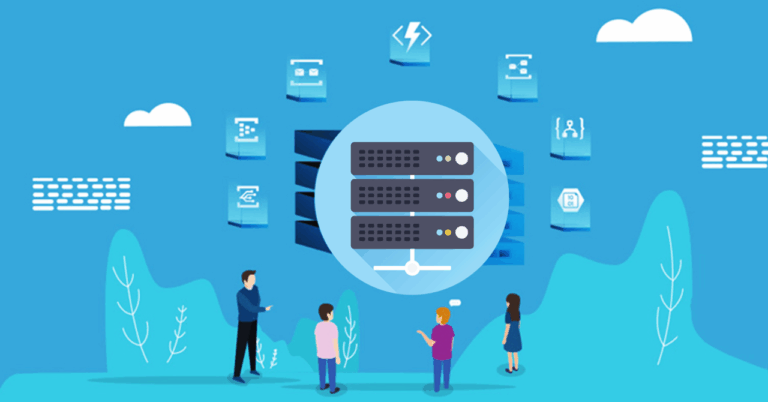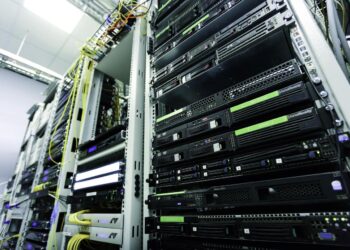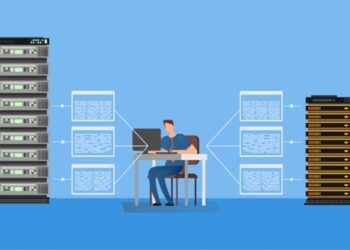The evolution of software development and deployment has seen a continuous drive towards greater abstraction, efficiency, and scalability. From physical servers to virtual machines, and then to containers, each step aimed to simplify infrastructure management. The latest, and arguably most disruptive, paradigm in this evolution is serverless architecture. This model fundamentally redefines how developers build and run applications, allowing them to focus almost exclusively on code while abstracting away the underlying server infrastructure entirely. However, like any powerful technology, serverless comes with its own set of advantages and disadvantages. Understanding these pros and cons is crucial for organizations considering this shift, as it impacts everything from development speed and operational costs to vendor lock-in and debugging complexity.
The Paradigm Shift
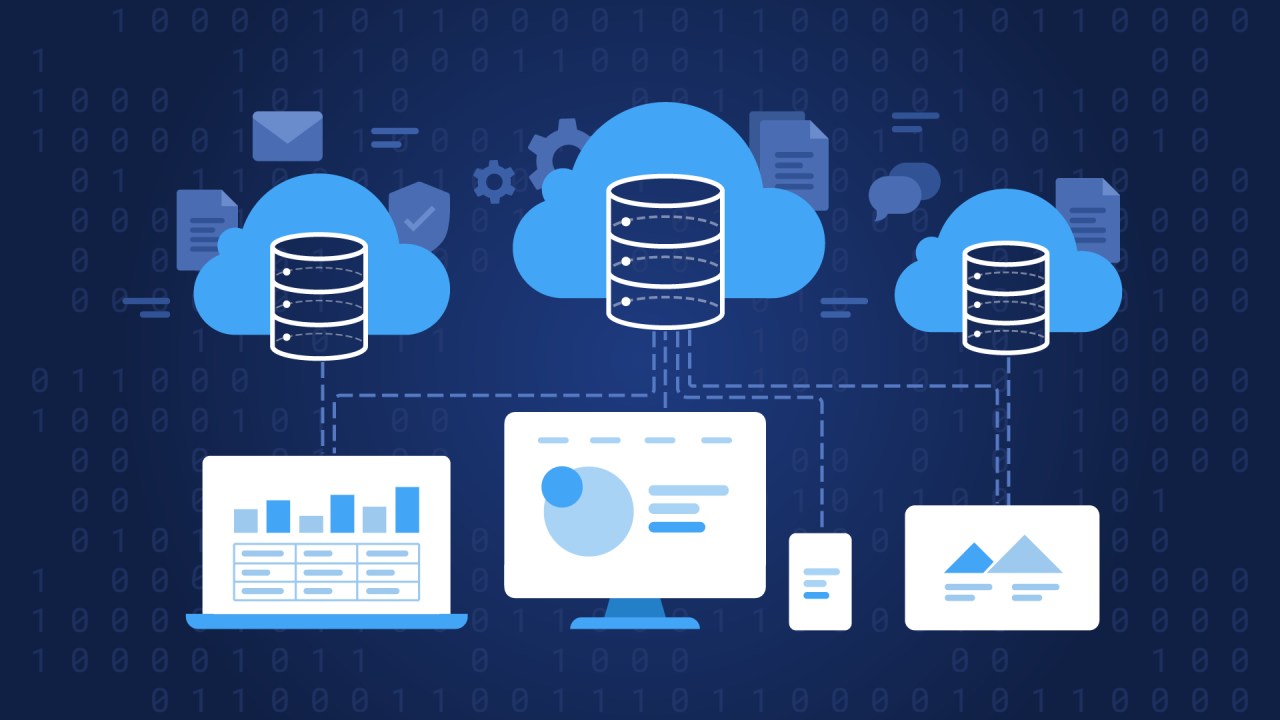
Traditionally, deploying an application meant provisioning and managing servers – whether physical or virtual. Developers had to worry about operating system patches, scaling capacity, ensuring uptime, and handling server maintenance. This was often a time-consuming and resource-intensive overhead, diverting focus from core application logic.
Serverless architecture, popularized by services like AWS Lambda, Azure Functions, and Google Cloud Functions, changes this. It’s not that there are no servers; rather, the servers are entirely managed by the cloud provider. Developers simply write and upload their code (often as individual functions), and the cloud provider automatically executes it in response to events (e.g., an HTTP request, a database change, a file upload). They handle scaling, patching, and all the operational heavy lifting. This paradigm is often referred to as Functions-as-a-Service (FaaS), a subset of serverless computing.
The allure of serverless is strong: developers can deploy applications faster, scale automatically to meet demand, and potentially reduce operational costs. But the reality is more nuanced. While incredibly liberating for developers, the serverless model introduces new complexities and trade-offs that demand careful consideration.
The Advantages (Pros) of Serverless Architecture
The benefits of adopting a serverless model can be transformative for many organizations, particularly in terms of agility and cost.
A. Reduced Operational Overhead
This is perhaps the most compelling advantage of serverless.
- No Server Management: Developers and operations teams are completely freed from provisioning, maintaining, patching, or scaling servers. The cloud provider handles all infrastructure management, including operating system updates, security patches, and hardware maintenance.
- Focus on Code: This allows development teams to concentrate almost entirely on writing application logic and delivering business value, rather than getting bogged down in infrastructure concerns.
- Simplified Deployment: Deploying a serverless function is often as simple as uploading code. The orchestration of the underlying infrastructure is handled automatically.
- Reduced IT Staffing Needs: While you still need skilled engineers, the sheer number of IT operations staff required for server maintenance can be significantly reduced, allowing them to focus on higher-value tasks like architecture optimization or security strategy.
B. Automatic Scaling and High Availability
Serverless platforms are inherently designed for scalability and resilience.
- Instant Elasticity: Functions automatically scale up (and down) in response to demand, from zero invocations to thousands per second. There’s no need to manually configure auto-scaling groups or pre-provision capacity.
- Event-Driven Nature: Because functions are triggered by events, they are naturally suited to handle fluctuating workloads and unpredictable traffic spikes without performance degradation.
- Built-in High Availability: Cloud providers distribute serverless functions across multiple availability zones within a region, providing inherent redundancy and fault tolerance. If one data center or server goes down, the function can still execute in another.
C. Cost Efficiency (Pay-per-Execution)
The pricing model for serverless is one of its most attractive features.
- Granular Billing: You typically pay only for the actual compute time consumed by your function executions, usually measured in milliseconds, and the number of invocations. If your function isn’t running, you don’t pay for compute.
- No Idle Costs: Unlike traditional servers that incur costs even when idle, serverless functions incur zero compute cost when not executing. This makes them highly cost-effective for applications with variable or infrequent usage patterns.
- Elimination of Over-Provisioning: Since scaling is automatic, you don’t need to over-provision resources “just in case” of a traffic surge, thus avoiding wasted spend on underutilized servers.
- Reduced Operational Expenditure (OpEx): The reduced need for server management and maintenance translates directly into lower operational costs.
D. Faster Development and Deployment Cycles
The abstraction of infrastructure accelerates the entire software development lifecycle.
- Rapid Prototyping: Developers can quickly build and deploy new features or microservices without waiting for infrastructure provisioning. This is ideal for proof-of-concepts and iterative development.
- Microservices Architecture Support: Serverless functions are a natural fit for microservices, allowing teams to develop and deploy small, independent services autonomously.
- Simplified DevOps: By offloading infrastructure management, DevOps teams can streamline continuous integration and continuous delivery (CI/CD) pipelines for application code.
- Reduced Time-to-Market: The ability to rapidly develop, deploy, and scale features means businesses can bring new products and services to market much faster.
E. Enhanced Security (Shared Responsibility)
While security is a shared responsibility, serverless shifts some critical burdens to the cloud provider.
- Reduced Attack Surface: Since developers don’t manage the underlying operating system or network infrastructure, the attack surface for common vulnerabilities (e.g., OS patching, network misconfigurations) is significantly reduced.
- Automated Infrastructure Security: Cloud providers apply robust security measures at the infrastructure level, including hardware security, network segmentation, and regular patching of the host OS and runtime environment.
- Isolation: Functions are typically isolated from each other and from other customers’ functions, limiting the impact of a potential breach.
- Fine-Grained Access Control: Cloud IAM services allow for very granular control over who can invoke specific functions and what resources those functions can access.
F. Native Integration with Cloud Ecosystems
Serverless functions often integrate seamlessly with other cloud services.
- Event Sources: They can be easily triggered by a wide array of events from other cloud services (e.g., new file in S3, message in a queue, database update, API Gateway request).
- Data Processing: Ideal for real-time data processing, IoT data ingestion, and data transformations by leveraging native integrations with cloud storage, databases, and analytics services.
- Simplified Workflows: Serverless allows for the creation of complex workflows by chaining together multiple functions and other cloud services.
The Disadvantages (Cons) of Serverless Architecture
While serverless offers many benefits, it’s not a panacea. Organizations must be aware of its drawbacks before committing to this paradigm.
A. Vendor Lock-in
This is one of the most significant concerns for many organizations.
- Proprietary Services: Serverless platforms are deeply integrated with the specific cloud provider’s ecosystem (e.g., AWS Lambda, Azure Functions, Google Cloud Functions). Migrating functions and their associated event triggers, monitoring, and IAM roles to another cloud provider can be complex and time-consuming.
- API Dependencies: Serverless functions often rely heavily on proprietary APIs and services unique to a particular cloud provider, making cross-cloud portability challenging.
- Reduced Bargaining Power: Deep vendor lock-in can limit an organization’s ability to negotiate pricing or switch providers if dissatisfied.
B. Cold Starts and Latency
This can be a performance consideration, especially for latency-sensitive applications.
- Cold Start Latency: When a serverless function hasn’t been invoked for a period, the cloud provider might “de-provision” its execution environment to save resources. The next invocation will incur a “cold start” delay as the environment is re-initialized (e.g., downloading code, spinning up a container). This can add hundreds of milliseconds to several seconds of latency.
- Impact on User Experience: For interactive applications or APIs, cold start latency can lead to a noticeable delay for end-users, affecting user experience.
- Mitigation Techniques: While there are mitigation strategies (e.g., “warming” functions, increasing memory allocation, using provisioned concurrency), these often add complexity or cost.
C. Debugging and Monitoring Complexity
While development can be faster, troubleshooting distributed serverless applications can be challenging.
- Distributed Nature: Applications are broken into many small, independent functions, making it difficult to trace a complete transaction flow across multiple functions and services.
- Limited Visibility: Developers have less direct access to the underlying server infrastructure, making traditional debugging methods (e.g., SSHing into a server, checking log files directly) impossible.
- Logging and Metrics: Relying solely on cloud provider logging and metrics can sometimes lack the granular detail needed for deep debugging.
- “Black Box” Operations: The managed nature means certain operational details are hidden, which can complicate root cause analysis when issues arise.
- Vendor-Specific Tools: Debugging and monitoring often require learning and using provider-specific tools and dashboards.
D. Resource Limits and Execution Time Constraints
Serverless functions operate under specific resource constraints imposed by the cloud provider.
- Memory and CPU Limits: Functions have predefined limits on the amount of memory and CPU they can consume.
- Execution Duration Limits: Functions typically have a maximum execution time (e.g., 15 minutes for AWS Lambda). Long-running processes are not suitable for serverless functions.
- Payload Size Limits: There are limits on the size of the event payload that can trigger a function.
- Concurrency Limits: While serverless scales automatically, there are often account-wide or function-specific concurrency limits that might need to be increased for very high-traffic applications.
E. Local Development and Testing Challenges
Developing and testing serverless applications locally can be harder than with traditional server-based applications.
- Emulation vs. Reality: Accurately emulating the full cloud environment (including event triggers, IAM roles, and integrations with other cloud services) locally can be complex.
- Dependency on Cloud Services: Functions often rely on other cloud services for databases, queues, or storage, making isolated local testing difficult.
- Developer Experience: The developer experience for local serverless development tools is still maturing compared to traditional application development environments.
F. Statelessness and State Management
Serverless functions are inherently stateless, meaning they don’t retain memory or state between invocations.
- External State Management: Any state must be managed externally (e.g., in a database, object storage, or a cache). This adds complexity to application architecture.
- Session Management: Building traditional session-based applications requires careful design to store session state externally.
- Performance Impact: External state management can introduce additional latency and cost, potentially negating some of the serverless benefits if not designed efficiently.
G. Cost Management Complexity (for high volume)
While “pay-per-execution” is a pro, managing costs for very high-volume serverless workloads can become complex.
- Unpredictable Costs: For highly variable workloads, costs can be unpredictable if not carefully monitored and managed. A sudden spike in invocations can lead to unexpected bills.
- Micro-Billing: Tracking costs across thousands of tiny function invocations and associated service calls can make cost attribution and analysis challenging.
- Cost Optimization: Identifying areas for cost optimization (e.g., reducing execution time, optimizing memory allocation) requires deep analysis of invocation patterns and performance metrics. For very consistent, high-volume workloads, traditional servers or containers might actually be more cost-effective.
H. Architectural Complexity and Distributed Systems
Building serverless applications often involves designing highly distributed systems.
- Event-Driven Thinking: Developers must shift their mindset to event-driven architecture, which can be unfamiliar to those accustomed to monolithic or request-response paradigms.
- Orchestration of Functions: For complex applications, coordinating multiple functions and ensuring data consistency across them can become intricate.
- Error Handling and Retries: Designing robust error handling, retry mechanisms, and dead-letter queues is crucial in a distributed serverless environment.
When Serverless Shines and When it Struggles
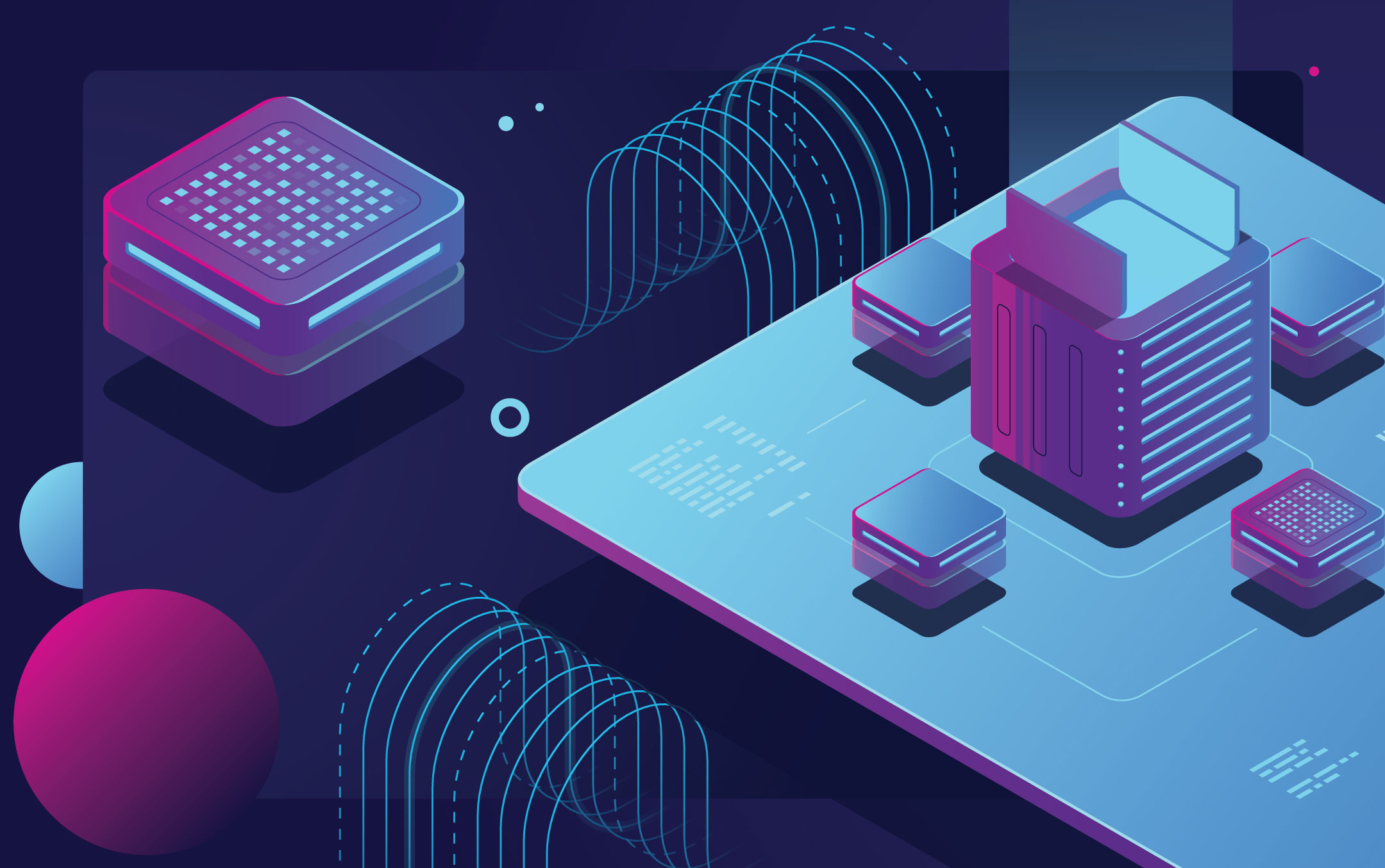
Understanding the pros and cons helps identify ideal use cases for serverless and situations where it might not be the best fit.
I. Ideal Serverless Use Cases:
- APIs and Web Applications (Backend for Frontend): Event-driven microservices for web and mobile backends, handling HTTP requests.
- Real-time Data Processing: Ingesting, transforming, and processing data streams from IoT devices, logs, or analytics pipelines.
- File Processing: Responding to file uploads (e.g., image resizing, video transcoding, data validation).
- Chatbots and Voice Assistants: Handling user input and integrating with various services.
- Scheduled Tasks/Batch Jobs: Running cron jobs, backups, or batch processing that are not continuously active.
- Serverless Websites (Static Site Hosting): Combining serverless functions for dynamic elements with static content hosted on object storage.
- IT Automation and DevOps Tools: Automating infrastructure tasks, alerts, or CI/CD pipeline steps.
J. Less Ideal Serverless Use Cases:
- Long-Running Processes: Workloads that require continuous computation for hours or days (e.g., large data analytics jobs, video rendering farms) are generally not suited due to execution time limits.
- Stateful Applications with Persistent Connections: Applications that require maintaining persistent connections (e.g., WebSockets for real-time chat, long-lived gaming sessions) or significant in-memory state.
- High-Performance Computing (HPC): Workloads requiring extremely low latency and predictable performance, where cold starts or network latency to external state can be detrimental.
- Applications with Predictable, Consistent High Load: For applications with consistently high and predictable traffic, traditional servers or containers might offer better cost predictability and potentially lower total cost of ownership (TCO) due to fewer granular invocations and less overhead.
- Legacy Applications: Lifting and shifting traditional monolithic applications directly to serverless is often not feasible or efficient without significant refactoring.
- Strict On-Premise Requirements: Organizations with strict regulations or technical reasons that prevent them from using public cloud services cannot adopt serverless FaaS.
The Future of Serverless
The serverless landscape is continuously evolving, addressing many of the current limitations.
- Edge Serverless: Extending serverless execution to the edge of the network (e.g., Cloudflare Workers, AWS Lambda@Edge) to further reduce latency and enable localized processing.
- Lower Cold Starts: Cloud providers are actively working on reducing cold start times through various optimizations, including “provisioned concurrency” options.
- Improved Observability: Tools for distributed tracing, enhanced logging, and metrics are becoming more sophisticated, addressing debugging challenges.
- More Runtime Options: Support for a wider range of programming languages and custom runtimes.
- Hybrid Serverless: Running serverless-like functions on-premises or in private clouds using open-source frameworks (e.g., OpenFaaS, Knative) to reduce vendor lock-in.
- Serverless Databases: Database services that automatically scale and offer pay-per-use billing, complementing serverless functions.
- “NoOps” to “LessOps”: While often advertised as “NoOps,” serverless shifts operational responsibilities rather than eliminating them entirely. The focus moves to optimizing function code, managing event streams, and monitoring distributed systems.
Conclusion
Serverless architecture is a powerful and increasingly popular paradigm that offers compelling advantages in terms of reduced operational overhead, automatic scaling, cost efficiency, and accelerated development cycles. For many modern, event-driven applications, it represents a highly attractive and efficient way to build and deploy.
However, it’s crucial to approach serverless with a clear understanding of its disadvantages, including vendor lock-in, cold start latency, debugging complexity, and resource constraints. It is not a universal solution for all workloads.
Ultimately, the decision to adopt serverless architecture should be a strategic one, based on a careful assessment of your application’s specific requirements, your team’s expertise, and your organization’s broader cloud strategy. For those applications where its strengths align, serverless can indeed provide a significant competitive advantage, allowing businesses to innovate faster and operate more efficiently in the rapidly evolving digital landscape.

